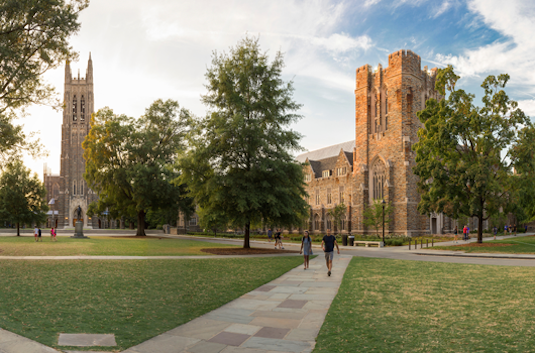Augmentations and immersed Lagrangian fillings

This is joint work with Y. Pan that applies previous joint work with M. Sullivan. Let ¿¿R3 be a Legendrian knot with respect to the standard contact structure. The Legendrian contact homology (LCH) DG-algebra, A(¿), of ¿ is functorial for exact Lagrangian cobordisms in the symplectization of R3, i.e. a cobordism L¿Symp(R3) from ¿¿ to ¿+ induces a DG-algebra map, fL:A(¿+)¿A(¿¿). In particular, if L is an exact Lagrangian filling (¿¿=¿) the induced map is an augmentation ¿L:A(¿+)¿Z/2. In this talk, I will discuss an extension of this construction to the case of immersed, exact Lagrangian cobordisms based on considering the Legendrian lift ¿ of L. When L is an immersed, exact Lagrangian filling a choice of augmentation ¿ for ¿ produces an induced augmentation ¿(L,¿) for ¿+. Using the cellular formulation of LCH, we are able to show that any augmentation of ¿ may be induced by such a filling.







